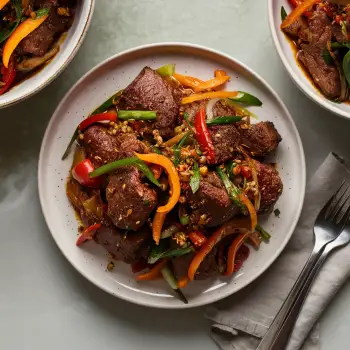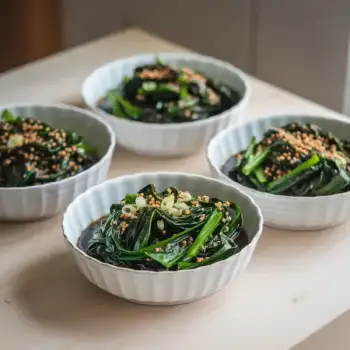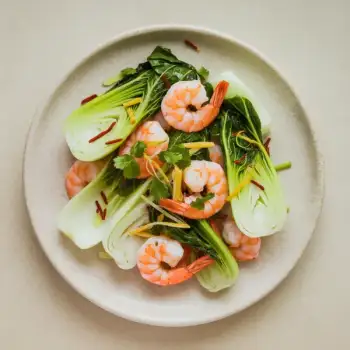


Tamari
A Japanese soy sauce that is thicker and typically wheat-free, making it a good option for those with gluten sensitivities.
Dark Soy Sauce
Thicker, darker, and less salty than light soy sauce, it's used for adding color and a rich flavor to dishes.
Light Soy Sauce
A thinner, lighter colored sauce that is saltier and often used for seasoning and dipping.
Sweet Soy Sauce
Also known as kecap manis, this is a thicker Indonesian soy sauce with added sugar, often used in marinades and glazes.
Seasoned Soy Sauce
This type of soy sauce has added ingredients like mushrooms or herbs for a unique flavor.
Low-Sodium Soy Sauce
A version with less salt that is better for those watching their sodium intake, while still providing a similar flavor profile.




tamari: San-J
dark soy sauce: Lee Kum Kee
light soy sauce: Kikkoman
sweet soy sauce: ABC Kecap Manis
low-sodium soy sauce: Kikkoman Less Sodium

Deglazing: After searing meat or vegetables, soy sauce can be used to deglaze the pan, lifting the fond (browned bits) and creating a flavorful sauce or gravy.
Finishing: A splash of soy sauce can be added at the end of cooking to enhance the overall flavor profile of a dish without altering its texture or appearance.
Marinating: Soy sauce is an excellent base for marinades, tenderizing proteins and infusing them with flavor. Combine it with ingredients like garlic, ginger, and sesame oil for a balanced marinade.














